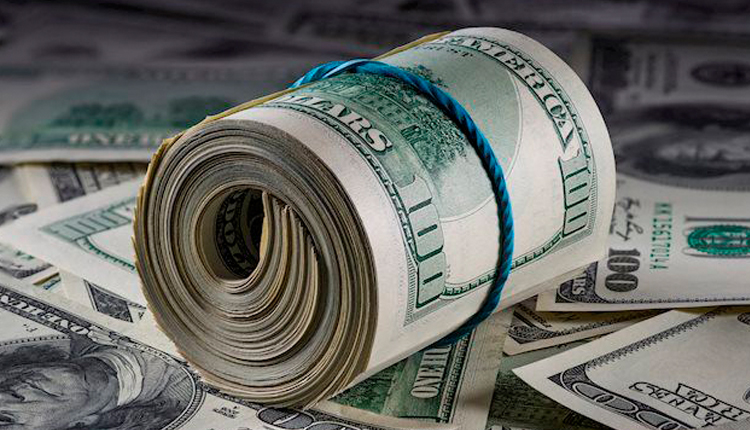Dollar prices steadied against a basket of currencies on Wednesday, as risk aversion sparked by concerns over a worsening trade feud between Washington and Beijing ebbed, although lingering worries about the tariff rift kept currencies on edge.
The dollar index against a basket of six major currencies stood little changed at 95.123 after advancing to an 11-month peak of 95.296 on Tuesday.
The index reached the 11-month peak after U.S. President Donald Trump threatened to slap more tariffs on China, prompting an angry response from Beijing. Escalating tensions triggered risk aversion and caused a sell-off in global equities on Tuesday.
A degree of calm returned to broader markets on Wednesday after Wall Street shares pared a bulk of their losses overnight.
“Along with the Swiss franc and the yen, the dollar is also a safe haven currency, although perhaps less so than the yen,” said Shin Kadota, senior strategist at Barclays in Tokyo.
“The dollar’s safe-haven status, however, could come under question as it has also become a high-yielding currency.”
Last week the Federal Reserve hiked the interest rate target range by a quarter of a percentage point to 1.75 percent-2 percent, the highest in a decade.
The dollar was 0.1 percent higher at 110.125 yen following its retreat to an eight-day trough of 109.55 on Tuesday .
The yen is often sought in times of political tension and market turmoil.
The dollar managed to bounce back against the yen as safe-haven U.S. Treasury yields climbed from three-week lows. Better-than-expected U.S. housing data released on Tuesday also helped nudge Treasury yields off their lows.
“The dollar has managed to stabilize versus the yen but its rise above 110.00 looks precarious as trade tensions linger in the background,” Kadota at Barclays said.
“The threat of a trade conflict is a theme that could eventually override tax cut-induced benefits the U.S. economy is experiencing at the moment.”
The trade dispute between the world’s two biggest economies was expected to linger for some time and dog investor sentiment.
“Earlier signs of a truce in the U.S.-China trade conflict was clearly a temporary one until the U.S.-North Korea summit was over, and tensions are likely to increase ahead of the midterm U.S. presidential elections,” said Daisuke Karakama, chief market economist at Mizuho Bank.
The euro was down 0.15 percent at $1.1574, shaky after slipping to a two-week low of $1.1528 overnight when European Central Bank President Mario Draghi called for a patient approach to European monetary policy at a forum in Portugal.
The Australian dollar, considered sensitive to shifts in sentiment towards China, fell to a 13-month low of $0.7347 <AUD=D4> on Tuesday before pulling back slightly to $0.7391.
The Swiss franc slipped 0.1 percent to 0.9953 franc per dollar, handing back the previous day’s gains.
Ahead of Thursday’s Bank of England policy decision, the pound struggled near a seven-month low of $1.3151 brushed overnight.
No economists polled by Reuters expect the BoE to raise rates on Thursday, and some are getting cold feet about their forecasts for a rate rise in August, which would be only the central bank’s second increase since the 2008 financial crisis.
The ten-year U.S. Treasury note yielded 2.893 percent after dropping to as low as 2.853 percent on Tuesday.
Source: Reuters
